Proving the Tow Camera System: Field Tested & Ocean Ready
Before launching any new product, it’s important to make sure that it’s proven to work. The same goes for our new Tow Camera System. The system, developed through customer collaboration, is a new cost-effective seafloor imaging system that can cover a large area in a short period of time. Before we made it widely available, we wanted to make certain it was field-tested and ocean-ready.
Tow Camera Testing
It was essential that we developed a system that would address the pain points our clients faced when mapping the seafloor, so we set out to rigorously assess the product’s design. To ensure that we evaluated the product with a group that would be critical of the prototype’s performance, we engaged two SubC customers -- the Fisheries and Marine Institute and the Government of Canada’s Department of Fisheries and Oceans (DFO) -- to give honest feedback. Nearly two years of development and three prototypes later, the Tow Camera system is proven to work in harsh ocean conditions. Here’s how we did it and what happened.
How Did We Do It?
Flume Tank Testing
The first iterations of the prototype were tested at the Fisheries and Marine Institute at Memorial University in Newfoundland, Canada, home to the world’s largest flume tank. The tank can simulate underwater and near-surface conditions up to two knots of water speed, making it the ideal place for early design assessment. “What's great about testing products here is that we can simulate real ocean conditions, but have the ability to observe what is happening in the tank and see how the product is working,” says Brent Lackey, Engineering Manager at SubC. “For the Tow Camera System, we were able to simulate the system being towed behind a vessel and see if our design would work. This was so important because we wanted to make a cost-effective system that would also do the job.”
The team focused their time at two flume tank sessions to investigate the hydro-dynamic design of the system and if other components, like the drag chain and clump weight, worked as expected. They also wanted to confirm that the system would maneuver over obstacles, such as fishing traps.
“We were able to validate a lot of our design assumptions. We still had to make some tweaks and adjustments, but it proved we were on the right track. Plus, Memorial University was also able to conduct independent strength testing of the tow cable to confirm its quality.”
Multiple Sea Trials
After both flume tank tests, the prototype was modified and the system was ready to be ocean tested. The first sea trial took place in the Atlantic Ocean, off the coast of Holyrood, Newfoundland, Canada, together with the Fisheries and Marine Institute. “The results from our first sea trial and subsequent modifications we made to optimize the hydro-dynamics were key to moving from a prototype to a production version.” explains Lackey.
Once the team was confident they had a production version of the Tow Camera system ready, it too was tested in multiple other sea trails at Terra Nova National Park and in the Atlantic Ocean, with the DFO. Lackey says conducting sea trials with their customers played a major part in getting the system ocean ready and meeting customer expectations. “What’s been fantastic about the sea trials is that we’ve conducted them with actual customers, who’ve given honest feedback that’s allowed us to improve.''
A Team Effort
Lackey, who played an integral role in several of the sea trials, continues, “...it’s been a fantastic team effort from concepting the system to proving its effectiveness in the ocean. When I think back to my favourite part of this entire process, it has to be the sea trials. The flume tank is a unique opportunity, but seeing a system you helped design and engineer in action with a customer is where it all came together for me.”








